SUMMARY
This is AI generated summarization, which may have errors. For context, always refer to the full article.
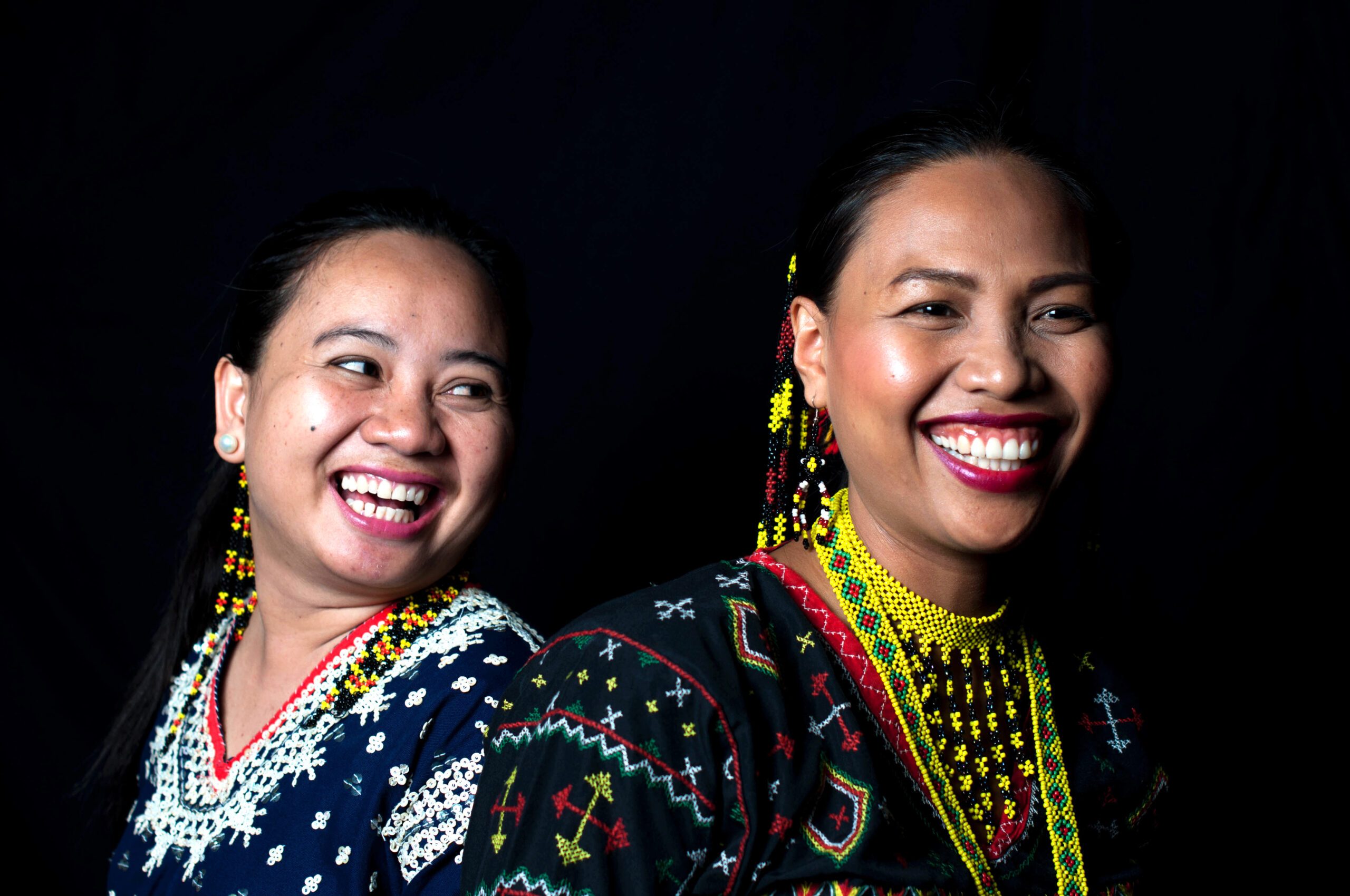
GENERAL SANTOS CITY, Philippines – In a place caught in poverty, surviving the daily grind is already a struggle for a member of the Blaan tribe, one of the handful of indigenous tribes in Sarangani.
Along with the Tboli and the Tagakaolo, the Blaans have lived in this province for as long as time can remember.
The Blaans used to lord it over the plains and valleys of Koronadal and Allah Valleys until the settlement program of the Commonwealth government of President Manuel L. Quezon pushed them further into the uplands.
(Sarangani then was part of the undivided Cotabato Empire until it became part of South Cotabato. In 1992, Sarangani was carved out of South Cotabato as a new province.)
The Blaans were eventually geographically separated from their close tribal neighbors, the Tboli. They are mostly concentrated in Sarangani, Davao Occidental, and Davao del Sur.
According to scholarly research, the word Blaan – coined from “bla” and “an” – means counterpart or pair and suffix of an expressed ownership or possession. Its other counterpart was “to bali” (now Tboli), meaning people of the other side.
Thus, the historical closeness of the Blaans and the Tbolis.
There are very sparse seminal accounts of the Blaan as a tribe although its traditional weaving (mabal tabih) is among the most intricate and colorful in Mindanao – some say even better than the tinalaks of the Tbolis.
They are historically nomadic which explains the lack of literature and history of their tribe.
Their story
Their lost history and vanishing culture and tradition as a tribe brought Annalie Edday and Monique Kawari together.
They are in their early 30s, both single, but not for long.
They are among the younger generation of their tribe who were able obtain college degrees, although in different circumstances.
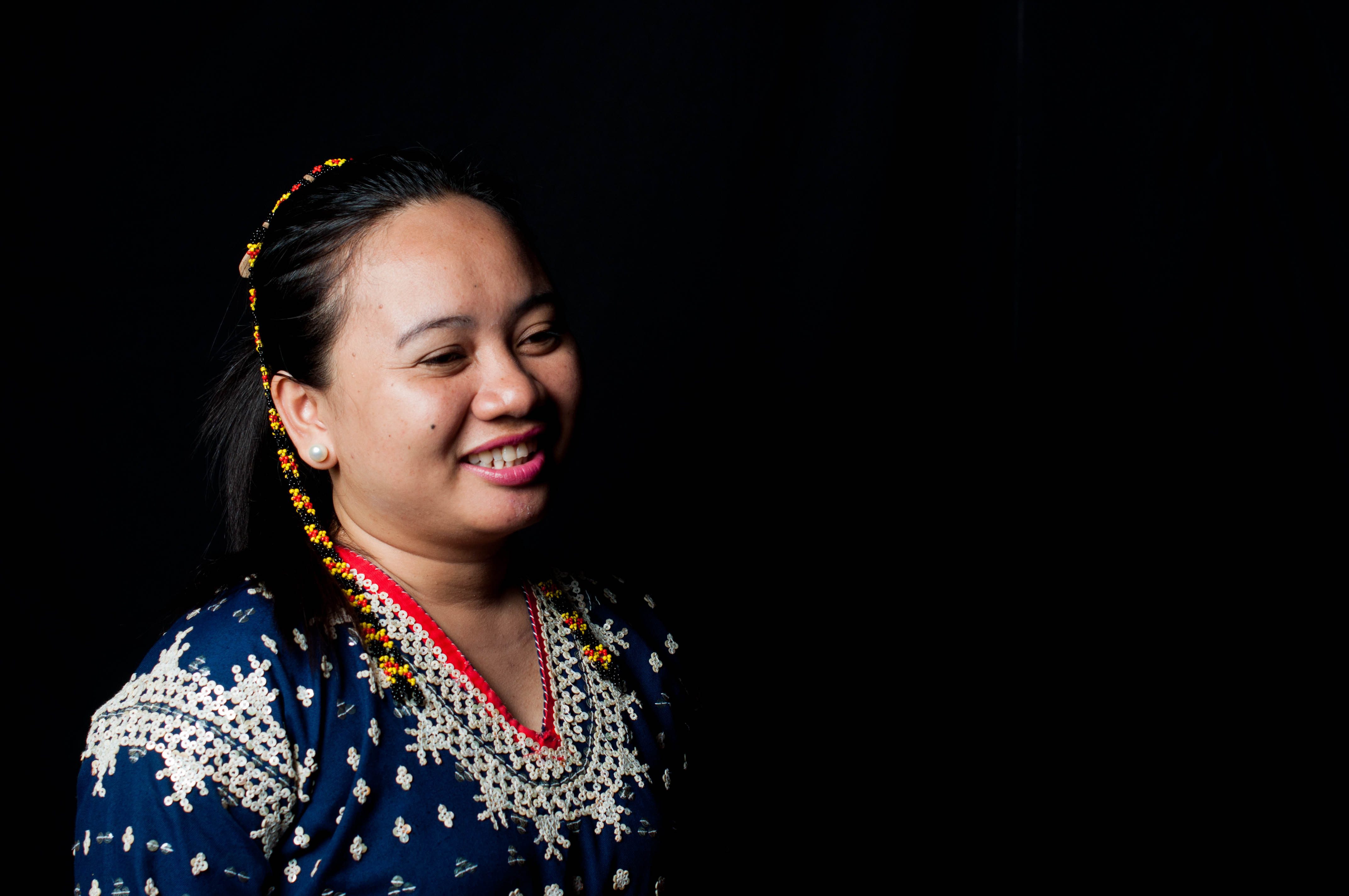
Annalie worked her way into an academic scholarship in Bachelor of Science in Secondary Education.
Monique availed of the scholarship given to lumads and finished her Business Administration as an accountancy major.
Both graduated from the Notre Dame of Dadiangas University.
They were already making headway into their respective careers when they were introduced to each other by a common friend, Arjho Cariño-Turner, who is now living with her American husband in Georgia, USA.
Arjho, also a Blaan, was Annalie’s co-worker at the provincial government.
At the time, Monique already had a flourishing beauty parlor, while Annalie worked as program director of the Quality Education for Sarangani Today (QUEST) program of then governor Miguel Rene Dominguez.
Giving back to the tribe
“My first work in the government is serving as Project Development Officer in the Indigenous Peoples Development Program of Sarangani in 2006,” Annalie recalled. She was 21 at the time.
The following year, she was tasked to head the Galing Pook-awardee QUEST program.
Today, she prides herself in being part of QUEST which helped build more than 600 new classrooms in Sarangani during Dominguez’s 3 consecutive terms.
Annalie’s stint in the Sarangani government also opened her to numerous opportunities. In 2011, she was among the Filipino fellows in the Asia 21 Young Leaders Initiative.
“I was (also) chosen to be part of the Philippine Youth Leadership Program in 2009 and the Asia Pacific Leadership Program in 2013,” she added.
The Asia Pacific Leadership Program, a fellowship grant by the East-West Center, brought her to Washington, DC, where she stayed for over a year.
Annalie said she could have explored an opportunity to work for a United Nations program for indigenous people but she chose to return to her village.
“I always want to see successes in a micro level. QUEST had taught me to focus and to work directly with my communities because results will be transformative and will provide long-term gains. Above all, I always had that energy boost and deep sense of fulfillment once I am deeply involved not only in planning but of making things happen,” she explained.
Annalie added, “I find my deeper value of being with my community than anywhere else.”
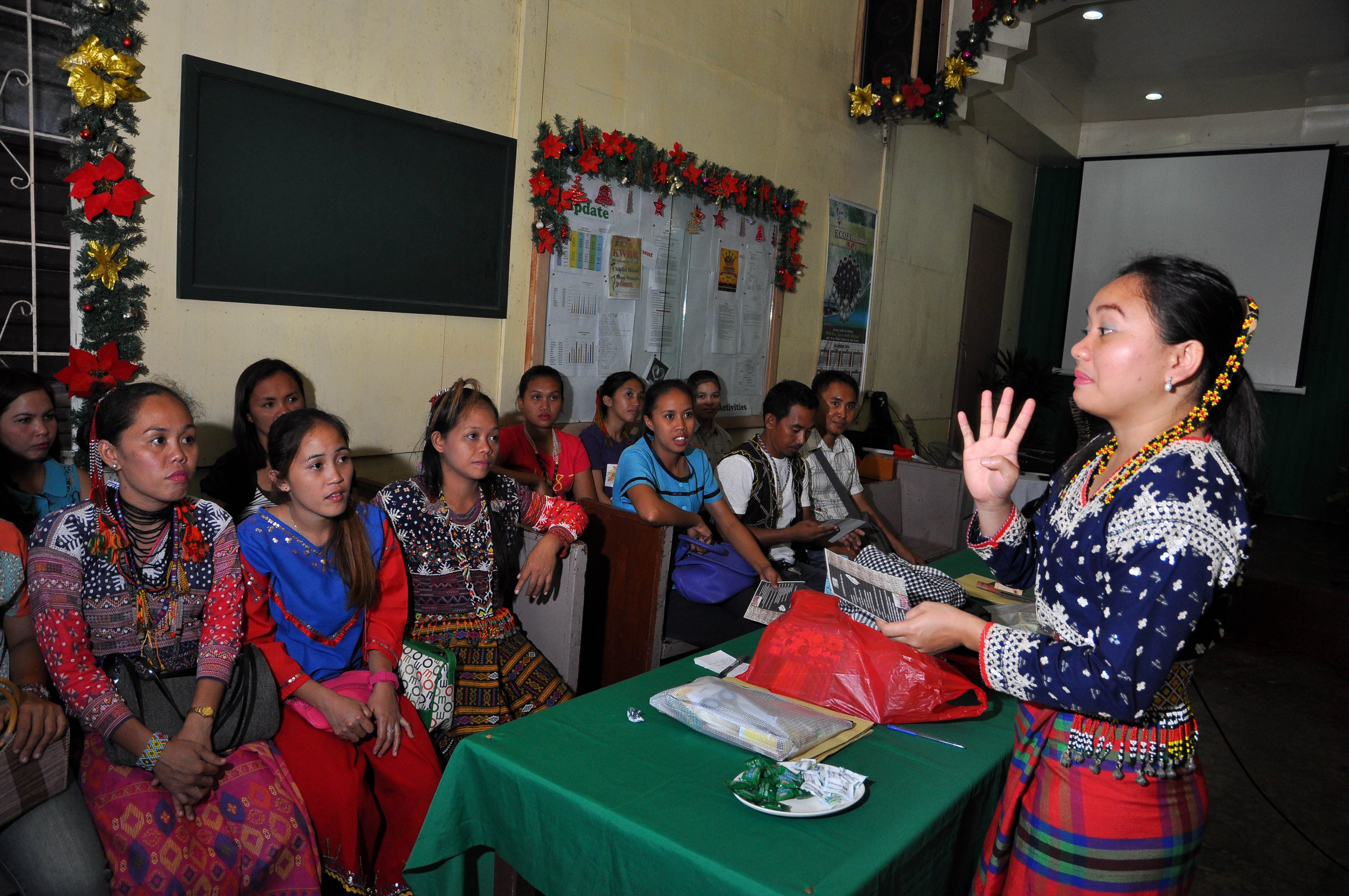
Eloquent and intelligent, the 5-foot Annalie is nearing the libun funday stature, a status granted to Blaan women sought out for their sagely wisdom.
Many view her aggressive development work in the community as an asset. Annalie, who is the youngest among the Edday siblings, has been goaded to run for town councilor, but she said joining politics is farthest from her mind.
“I am contented with helping the tribe restore its pride. To build the Blaan People’s Academy,” she said.
Annalie explained that the Blaan People’s Academy “aims to educate and empower the younger Blaans while strengthening their cultural identity.”
It is a passion shared by Monique Kawari, 31.
Life’s challenges
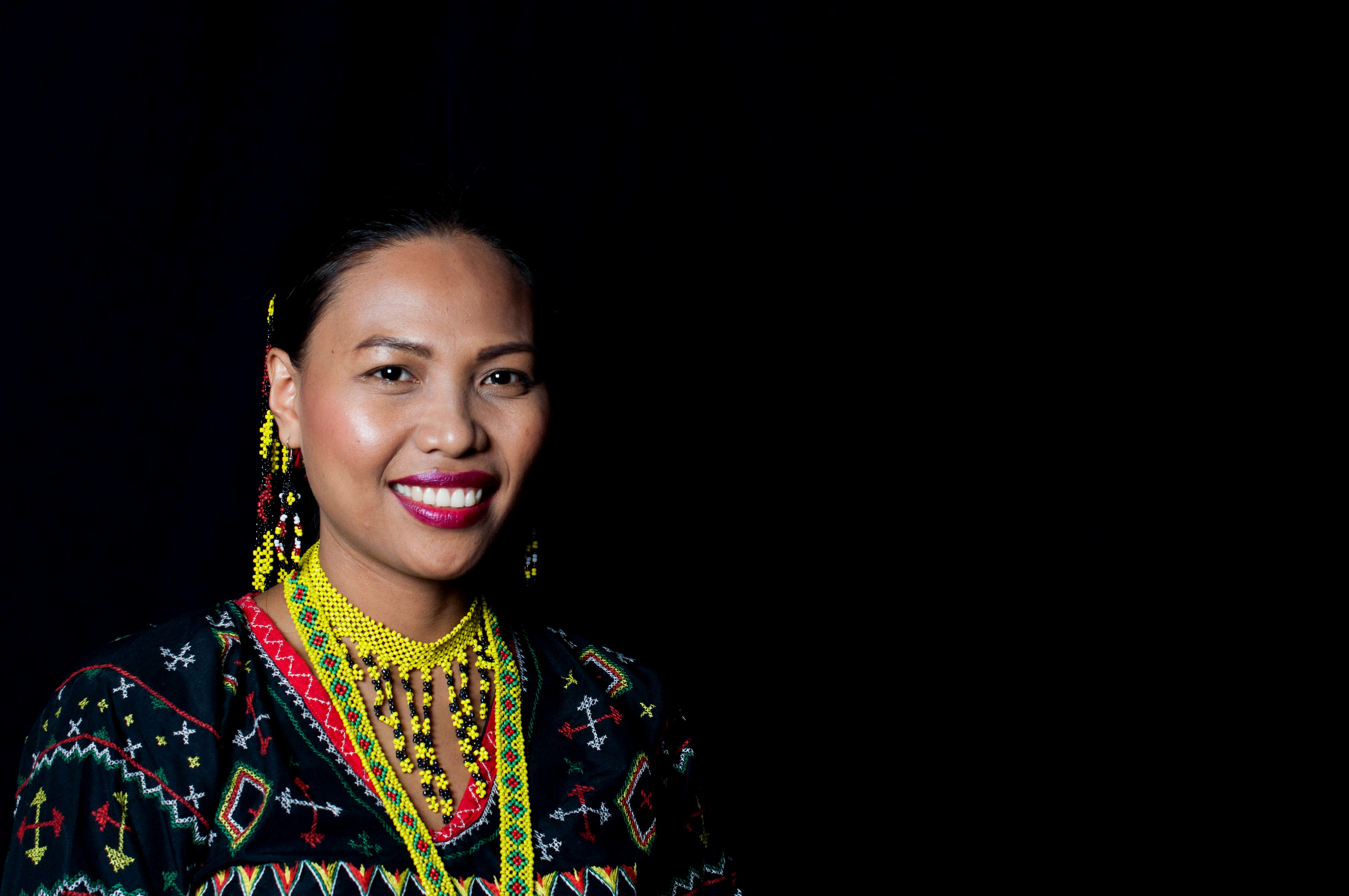
Monique knows how it is to be discriminated as a lumad (indigenous).
“Kasi nuong nag-aral ako ng college grabe ang discrimination sa amin mga tribu (The discrimination was worse when a I was studying in college),” she recalled.
She vowed to finish her education to prove that they are entitled to the opportunity of finding a better place in society. She obtained her degree in 2010, when she was already 26.
Monique and her 11 other siblings had to quit school after their mother died. It zapped her father’s buy and sell business.
Determined after a year of foregoing college, Monique applied as a working student at the Notre Dame of Dadiangas University.
“Science lab. Computer lab,” she said of her time as a working student.
Another challenge befell her. She developed a cyst in her lung and had to undergo surgery.She again quit college for a year-and-a-half.
When Monique finally graduated in 2010, she landed a job in Manila as member of the accounting staff of TUBU Foods Corporation.
Her sister Saturnina, however, told her of a job opening in Australia. It took a while before she accepted the offer. Unknown to her, the job would take her farther to Solomon Islands, in the world-class Tavinapupu Island Resort where Princess Kate and Prince William used to go on vacation.
“Hindi ko nga alam na may bansa pala na ganun. Basta tinanggap ko ang work na hindi ko alam kung ano ba ang magiging buhay ko dun (I didn’t know such a country existed. I accepted the job not knowing what awaits me there),” she recalled.
She did not regret it. “Simula noon naging maganda naman ang takbo ng buhay dahil sa pagtitiyaga (Since then, my life turned for the better because of my hard work).”
Monique worked in the resort for two years and invested her savings in a beauty shop.
“Yan na ang (It is now) Orchid Infinity Salon and Fashion,” Monique said.
Their bond
Monique met Annalie in her salon, where Annalie had her hair done for her US trip.
Before they parted, they agreed to put up a wedding gown boutique that fuses and adds a touch of their tribe’s elaborate and intricate weaves.
Annalie returned in 2013. In 2014, they turned their dreams of a partnership into reality.
The shop is now called International Touch.
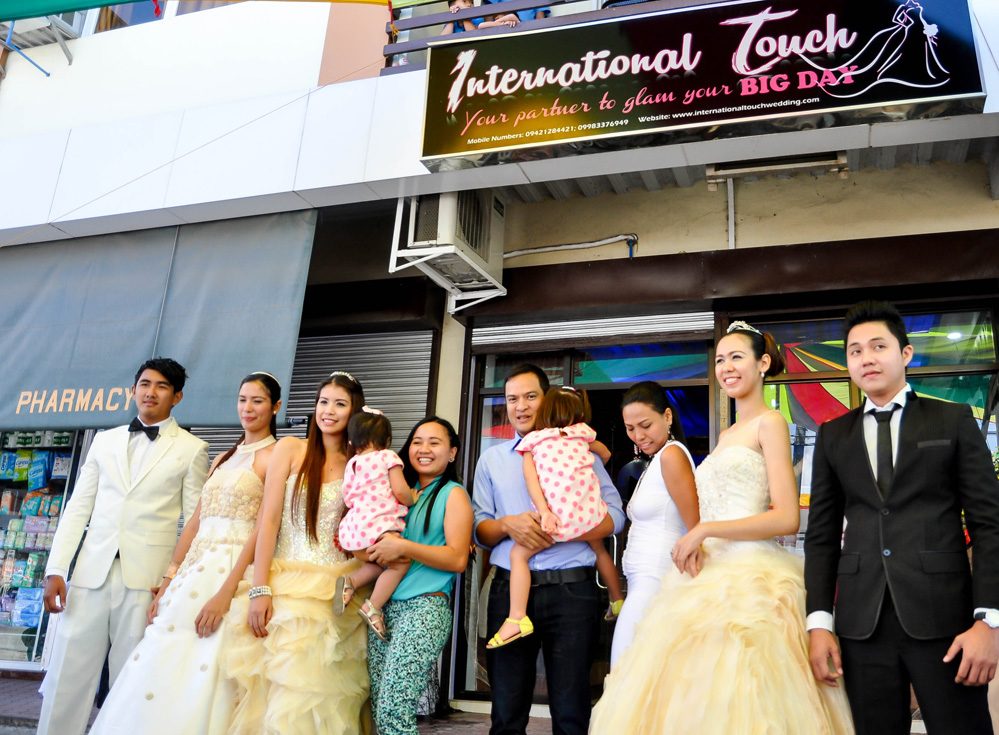
Life-changing
Monique’s decision to work abroad changed her life in more ways than one. She will soon marry John, one of the owners of the resort, who became her boyfriend. John is said to be highest paid lawyer in Solomon Islands.
Monique and John are getting married in October. It will be a dream beach resort wedding, according to Monique who just arrived from a pre-nuptial photo session in Coron, Palawan.
Annalie may not be too far behind. She had made a promise to herself to get married when she turns 30. Her boyfriend is a mechanical engineer from Batangas.
While Annalie is deep in her development work and giving back to her tribe, Monique is a patron of the arts and works for her fellow Blaan.
Annalie turns emotional when fellow members of the tribe are no longer ashamed of wearing their hearts on their chests.
The dresses that symbolize their ingenuity and creativity have become emblems of their honor and pride.
Proud to be Blaan, they say. – Rappler.com
Add a comment
How does this make you feel?
There are no comments yet. Add your comment to start the conversation.